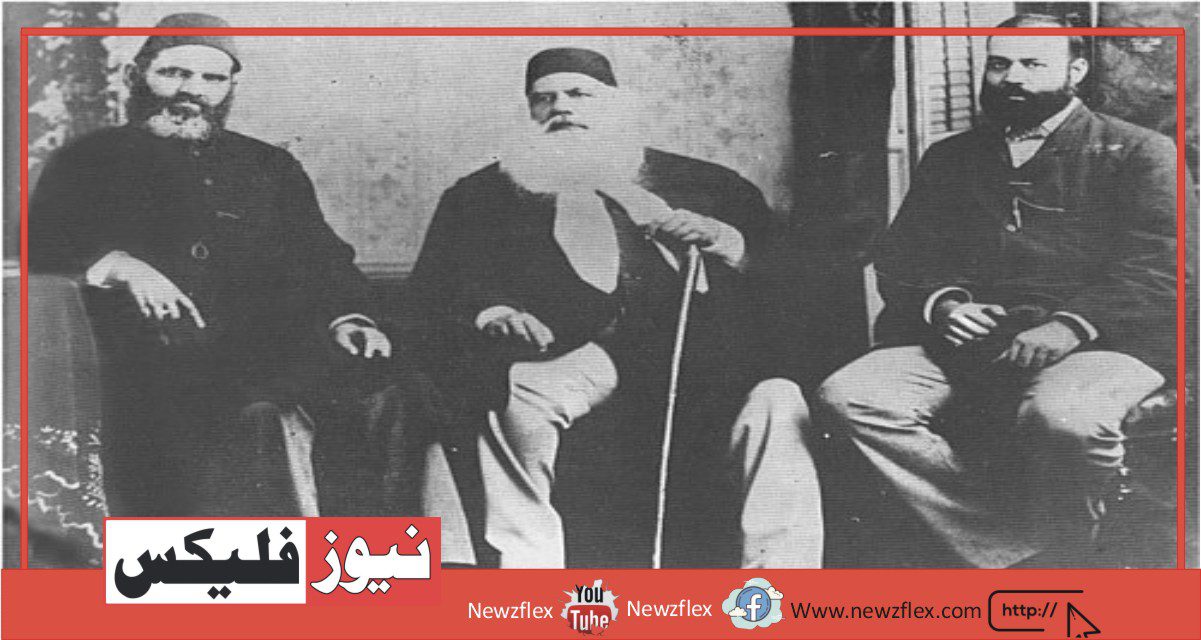
Mohammad Ali Bogra (1909-1963)
Mohammad Ali Bogra was born on 19th October 1909. He belonged to an aristocratic family in Bogra, East Benga. He was the grandson of Nawab Ali Choudhry. He studied at the Calcutta University of United India and commenced his career as a political candidate.
In 1937 he was elected to the Bengal lawmakers and after six years, in 1943, Bogra was selected as the Parliamentary Secretary to the then Chief Minister of Bengal, Khawaja Nazimuddin. Later on, in 1946, serving under Huseyn Shaheed Suhrawardy, he was made the Health Minister then the minister of Bengal.
After the creation of Pakistan in 1947, he was elected to the Central general assembly. But soon posted to Burma as an envoy in 1948. Then in 1949, he was appointed as high commissioner to Canada and as Ambassador to the UNITED STATES, in 1952.
He was then, appointed as Prime Minister in April 1953, after the dismissal of Khawaja Nazimuddin by the Governor-General, Ghulam Mohammad. Bogra, immediately, started concentrating on the task of formulating a constitution for the state of Pakistan; however, he approached the difficulty as a technocrat, instead of as a politician.
To complete his task, he introduced the famous “Bogra formula,” which required the creation of a bicameral legislature. Although the plan gained popularity, any progress thereon was halted in 1954 when Gulam Mohammad dissolved the first legislature of Pakistan.
Bogra was again invited to continue his post of Prime Minister and to make a new cabinet that came to be referred to as the “Cabinet of Talents.” Iskandar Mirza, the then acting Governor-General, dismissed Mohammad Ali Bogra from Prime Minister Ship, after the creation of the second general assembly, and replaced him with Chaudhry Mohammad Ali in August 1955. Mohammad Ali Bogra was once again posted to his previous assignment, as Ambassador to the UNITED STATES. Later on, in 1962, he became the minister of Pakistan and remained in this position until he died in 1963.
محمد علی بوگرہ (1909-1963)
محمد علی بوگرہ 19 اکتوبر 1909 کو پیدا ہوئے۔ ان کا تعلق بوگرہ، مشرقی بنگا کے ایک معزز خاندان سے تھا۔ وہ نواب علی چوہدری کے پوتے تھے۔ انہوں نے متحدہ ہندوستان کی کلکتہ یونیورسٹی سے تعلیم حاصل کی اور سیاست دان کے طور پر اپنے کیریئر کا آغاز کیا۔ 1937 میں وہ بنگال کی قانون ساز اسمبلی کے لیے منتخب ہوئے اور چھ سال کے بعد 1943 میں، بوگرہ کو اس وقت کے بنگال کے وزیر اعلیٰ خواجہ ناظم الدین کے پارلیمانی سیکرٹری کے طور پر منتخب کیا گیا۔ بعد میں، 1946 میں، حسین شہید سہروردی کے تحت خدمات انجام دیتے ہوئے، انہیں وزیر صحت اور پھر بنگال کا وزیر خزانہ بنایا گیا۔
سنہ1947 میں قیام پاکستان کے بعد وہ مرکزی قانون ساز اسمبلی کے لیے منتخب ہوئے۔ لیکن جلد ہی 1948 میں برما میں بطور سفیر تعینات ہو گئے۔ اس کے بعد 1949 میں انہیں کینیڈا میں ہائی کمشنر اور 1952 میں امریکہ میں بطور سفیر تعینات کیا گیا۔ اس کے بعد اپریل 1953 میں وزیر اعظم کے عہدے پر تعینات ہوئے۔ خواجہ ناظم الدین کی برطرفی گورنر جنرل غلام محمد نے کی۔ بوگرہ نے فوری طور پر ریاست پاکستان کے لیے ایک آئین بنانے کے کام پر توجہ دینا شروع کر دی۔
تاہم، انہوں نے ایک سیاستدان کے بجائے ایک ٹیکنوکریٹ کے طور پر اس مسئلے سے رجوع کیا۔ اپنے کام کو مکمل کرنے کے لیے، اس نے مشہور ‘بوگرہ فارمولہ’ متعارف کرایا، جس کے لیے دو ایوانوں والی مقننہ کی تشکیل ضروری تھی۔ اگرچہ اس منصوبے کو مقبولیت حاصل ہوئی، لیکن اس پر کوئی پیش رفت 1954 میں اس وقت روک دی گئی جب غلام محمد نے پاکستان کی پہلی قانون ساز اسمبلی کو تحلیل کر دیا۔
بوگرا کو دوبارہ وزیر اعظم کا عہدہ جاری رکھنے اور ایک نئی کابینہ کی تشکیل کے لیے مدعو کیا گیا جو کہ ‘ٹیلنٹ کی کابینہ’ کے نام سے مشہور ہوئی۔ اس وقت کے قائم مقام گورنر جنرل اسکندر مرزا نے دوسری قانون ساز اسمبلی کے قیام کے بعد محمد علی بوگرا کو وزیر اعظم شپ سے برطرف کر دیا اور اگست 1955 میں ان کی جگہ چوہدری محمد علی کو تعینات کر دیا۔ امریکہ میں بطور سفیر۔ بعد ازاں، 1962 میں، وہ پاکستان کے وزیر خارجہ بنے اور 1963 میں ان کی وفات تک اس عہدے پر فائز رہے۔








